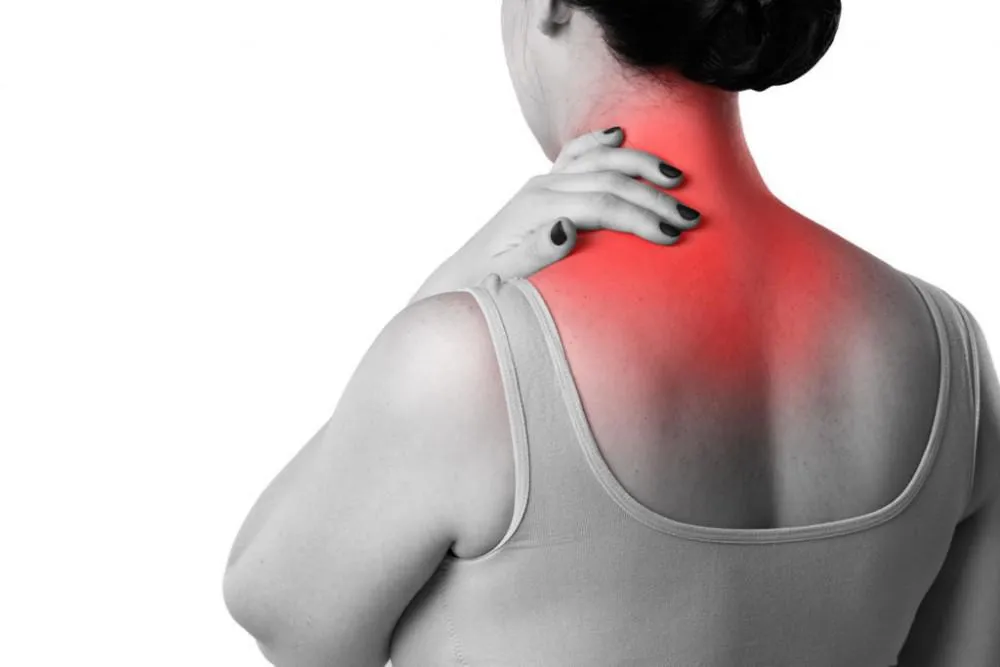Achilles Tendinitis: Symptoms, Causes, Prevention
Achilles tendinitis is a prevalent overuse injury that impacts the Achilles tendon—a critical band of tissue that connects the calf muscles to the heel bone.
March 17, 2024, 4 min read, Articles
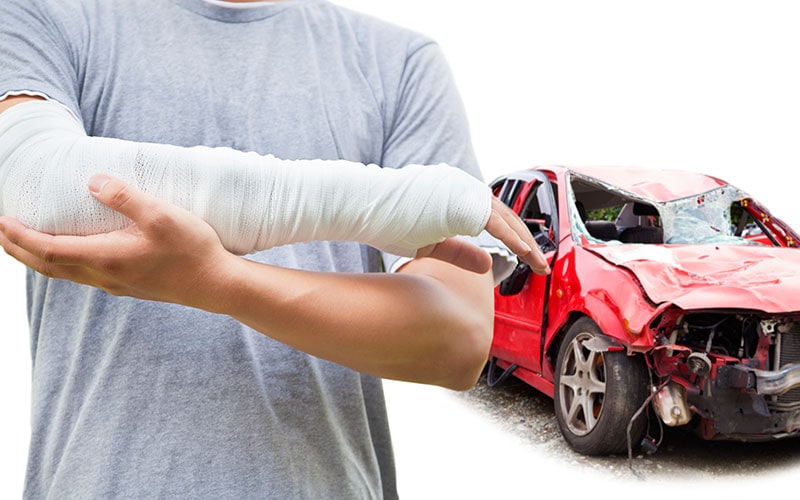
Motor vehicle accidents (MVA) can result in a wide range of injuries, from minor bruises to severe trauma. in the aftermath of such incidents, seeking prompt medical attention is crucial for assessing and addressing any injuries sustained. among the various treatment modalities available, physiotherapy plays a significant role in aiding recovery and restoring functionality. here's a comprehensive overview of the benefits of physiotherapy for motor vehicle accident injuries, the types of injuries commonly seen, and what to expect during the recovery process.
physiotherapy offers numerous benefits for individuals recovering from motor vehicle accident injuries:
Motor vehicle accidents can result in a wide range of injuries, depending on factors such as the speed of the collision, the point of impact, and the use of seat belts and airbags. common injuries treated by physiotherapists following car accidents include:
After a motor vehicle accident, it is essential to seek medical attention promptly, even if injuries seem minor or non-existent. some injuries, such as whiplash and soft tissue injuries, may not manifest symptoms immediately and can worsen over time if left untreated. following medical assessment and stabilization, individuals may be referred to physiotherapy for further evaluation and treatment. during the initial physiotherapy assessment, the therapist will conduct a thorough evaluation of the individual's injuries, medical history, and functional limitations. this assessment may include tests to assess range of motion, strength, sensation, and neurological function, as well as a review of imaging studies such as x-rays, ct scans, or mri scans.
based on the assessment findings, the physiotherapist will develop a personalized treatment plan tailored to the individual's specific needs and goals. treatment may include a combination of manual therapy techniques, therapeutic exercises, modalities (laser therapy, shockwave therapy, electrotherapy), and education on self-management strategies.
throughout the rehabilitation process, individuals can expect ongoing monitoring of their progress and adjustments to their treatment plan as needed. physiotherapy aims to optimize recovery, restore function, and facilitate a safe return to pre-accident activities and lifestyle.
in conclusion, physiotherapy plays a vital role in the comprehensive management of motor vehicle accident injuries, offering numerous benefits for pain management, mobility restoration, and functional recovery. by addressing a wide range of injuries with personalized treatment plans, physiotherapists help individuals regain independence, improve quality of life, and navigate the road to recovery with confidence.
In most cases a referral is not needed to book an assessment with one of our physiotherapists.
we can typically direct bill your insurance company for the cost of treatments that are within 30 days after your visit. if it has been greater than 30 days since your treatment visit, most insurance companies will request that you reimburse through your mobile app or website maximum after 90 days after your treatment visit.
during your physiotherapy session, our experienced physiotherapists will conduct a thorough assessment of your injury, devise a personalized treatment plan, administer treatment tailored to your needs, and prescribe a customized home exercise program to aid in your recovery.
Achilles tendinitis is a prevalent overuse injury that impacts the Achilles tendon—a critical band of tissue that connects the calf muscles to the heel bone.
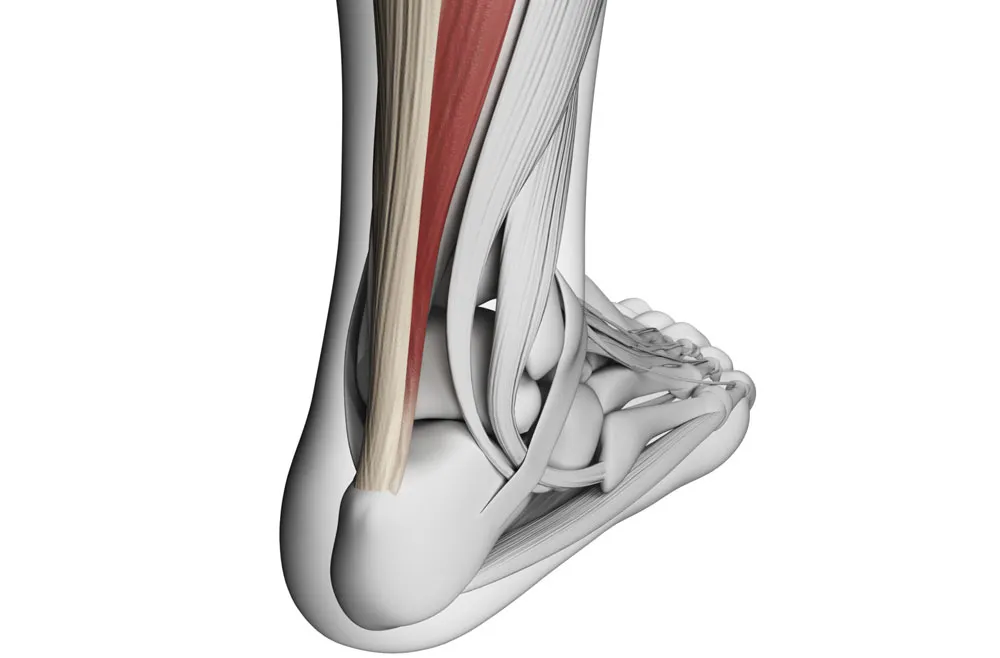
Back pain is a prevalent and often debilitating condition that can affect individuals of all ages and walks of life.
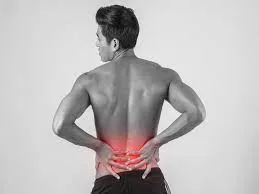
Arthritis is a common and often painful condition that affects millions of individuals worldwide. It's not a single disease but rather a group of more than 100 different types of joint-related conditions.
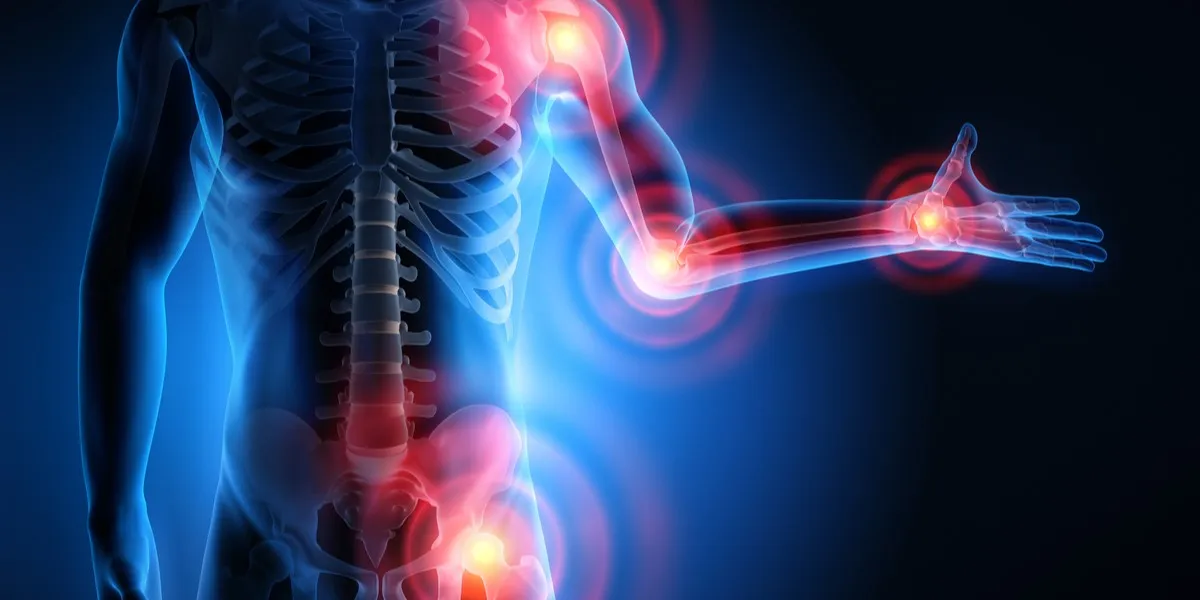
Ankle injuries are prevalent in the world of sports and can be a significant setback for athletes.
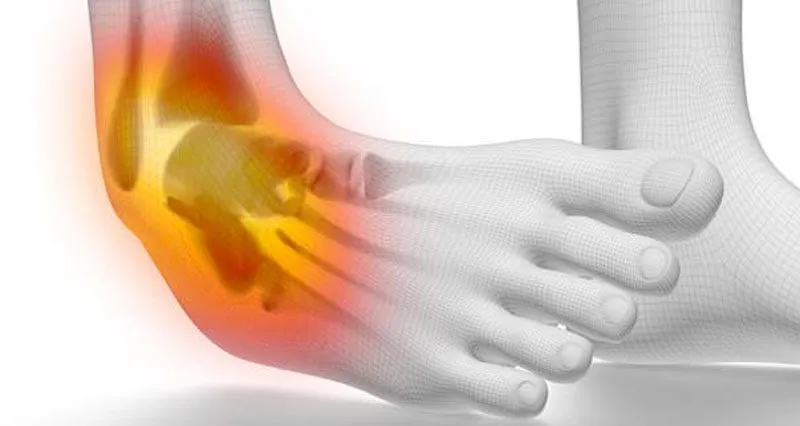
Amyotrophic Lateral Sclerosis (ALS), often referred to as Lou Gehrig's disease, is a progressive neurodegenerative disorder that affects nerve cells in the brain and spinal cord.
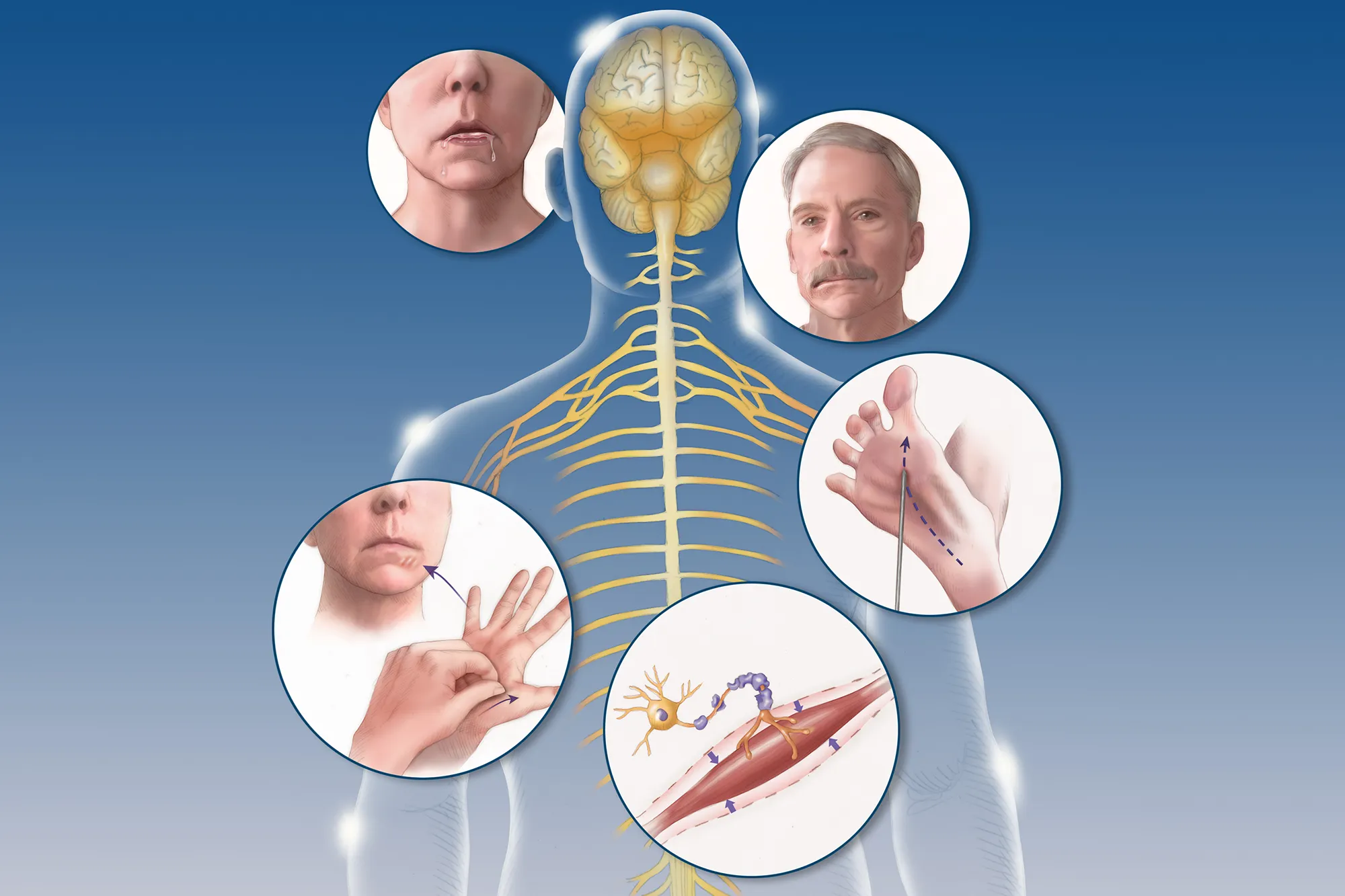
Degenerative Disc Disease (DDD) is a common condition that affects the intervertebral discs in the spine.
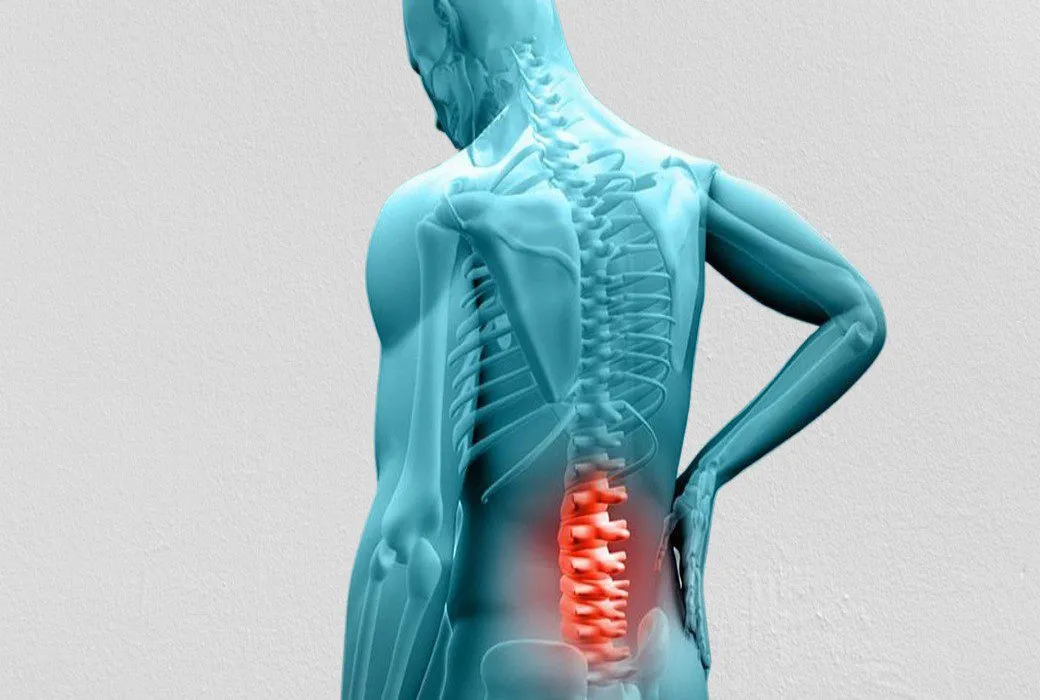
Myalgic Encephalomyelitis/Chronic Fatigue Syndrome (ME/CFS) is a perplexing and debilitating condition that impacts individuals, often altering their daily lives and challenging conventional understanding.
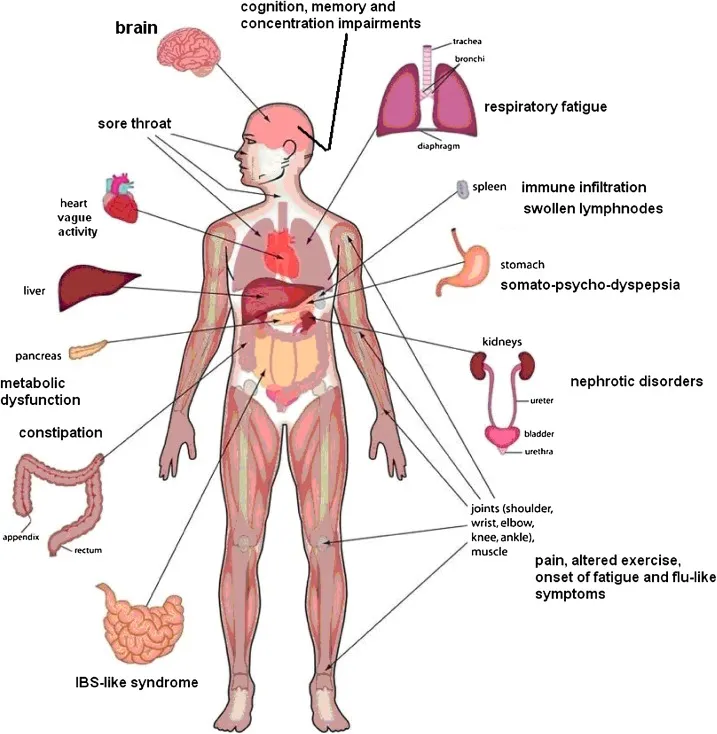
Muscular dystrophy encompasses a group of diseases leading to progressive muscle weakness and loss of muscle mass. The development of abnormal genes disrupts the production of necessary proteins crucial for healthy muscle function.
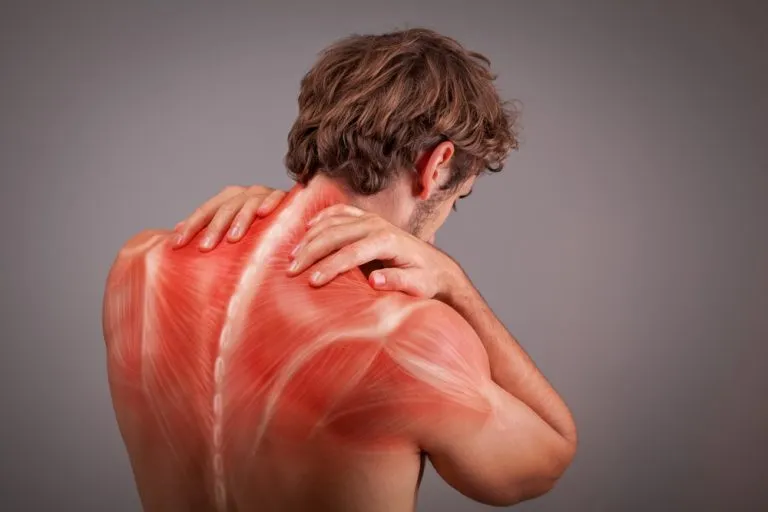
Fibromyalgia stands as a complex and often misunderstood condition characterized by widespread musculoskeletal pain, fatigue, and sleep disturbances
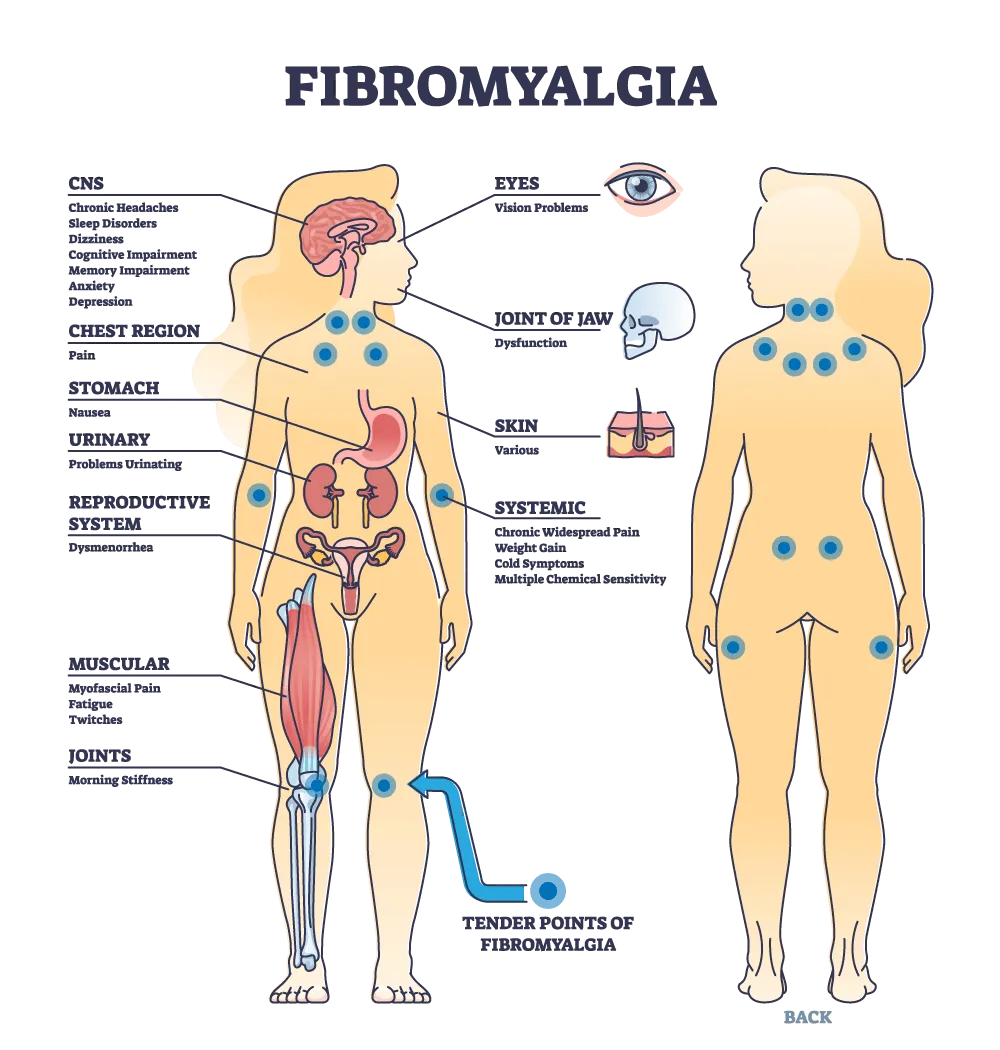
Bunions, medically referred to as "hallux valgus," are a common and often painful foot deformity that affects the joint at the base of the big toe.
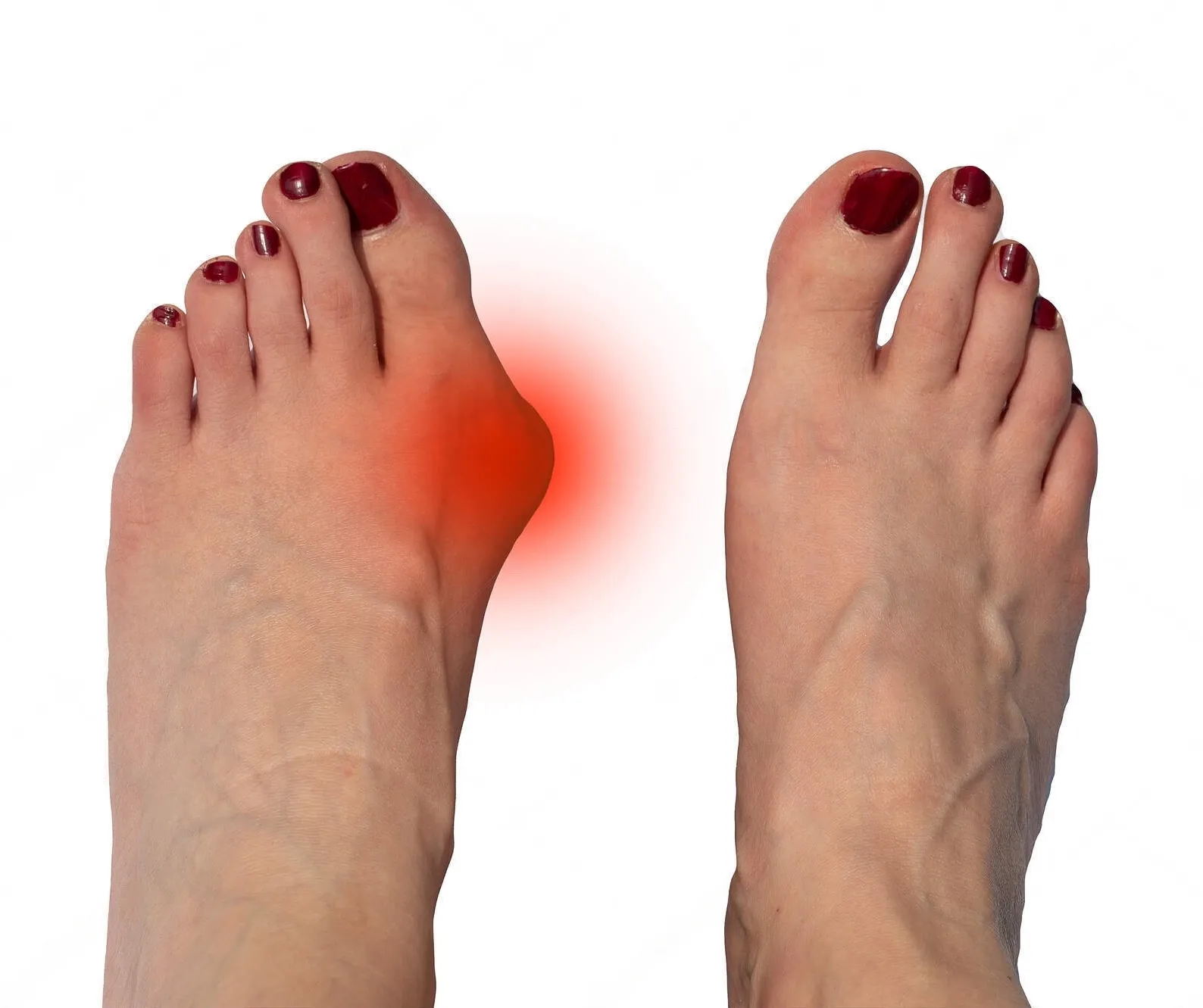
Herniated disc symptoms can be debilitating, causing pain, numbness, and mobility limitations.
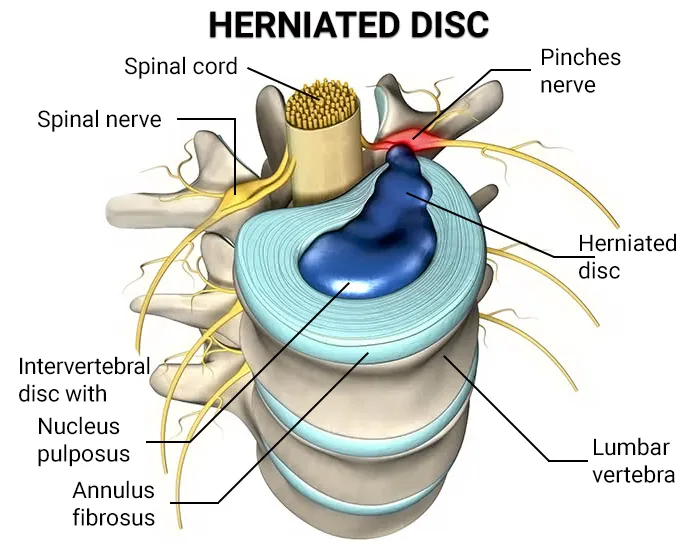
A heel spur is a bony growth that pokes out below your back heel bone inside of your foot. Heel spurs happen when stress and strain damages your foot ligaments.
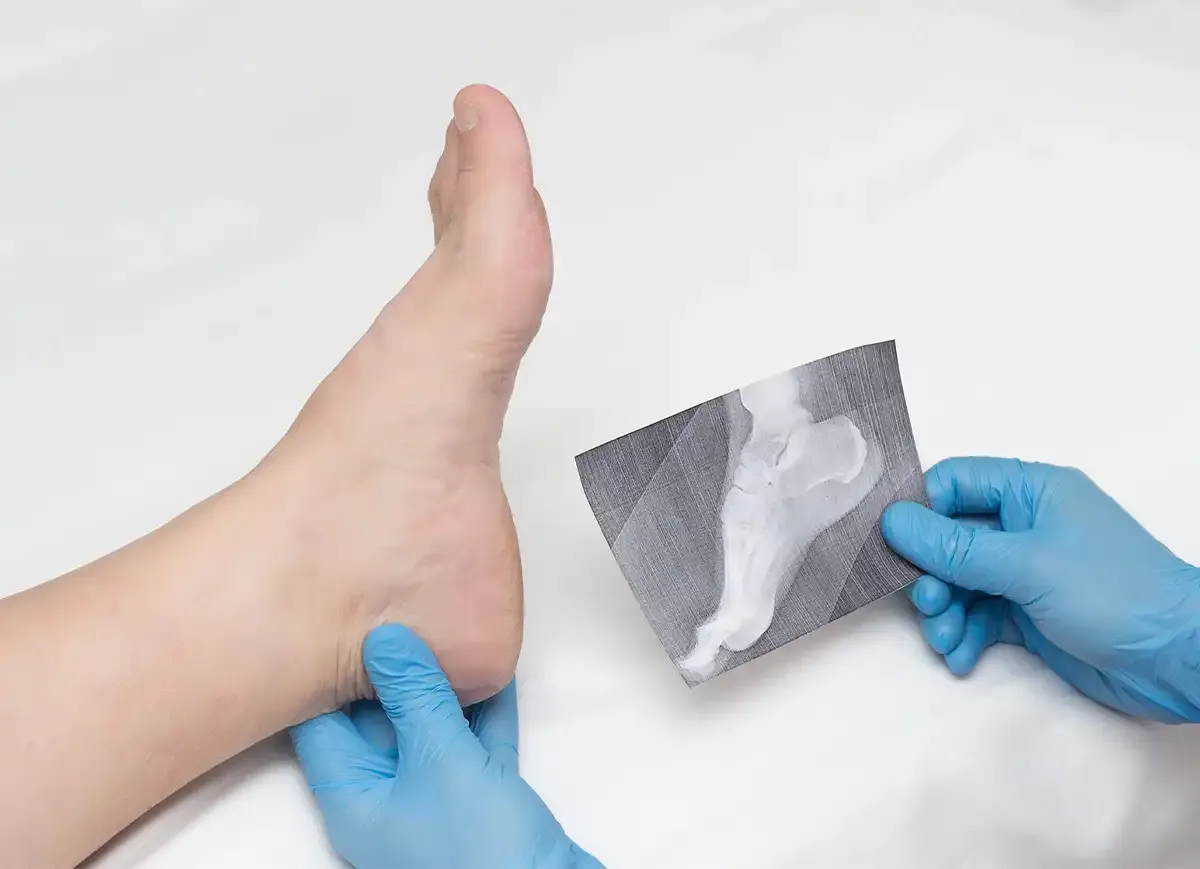
Knee pain is a widespread issue that can significantly impact a person's mobility and quality of life.Knee pain is a widespread issue that can significantly impact a person's mobility and quality of life.
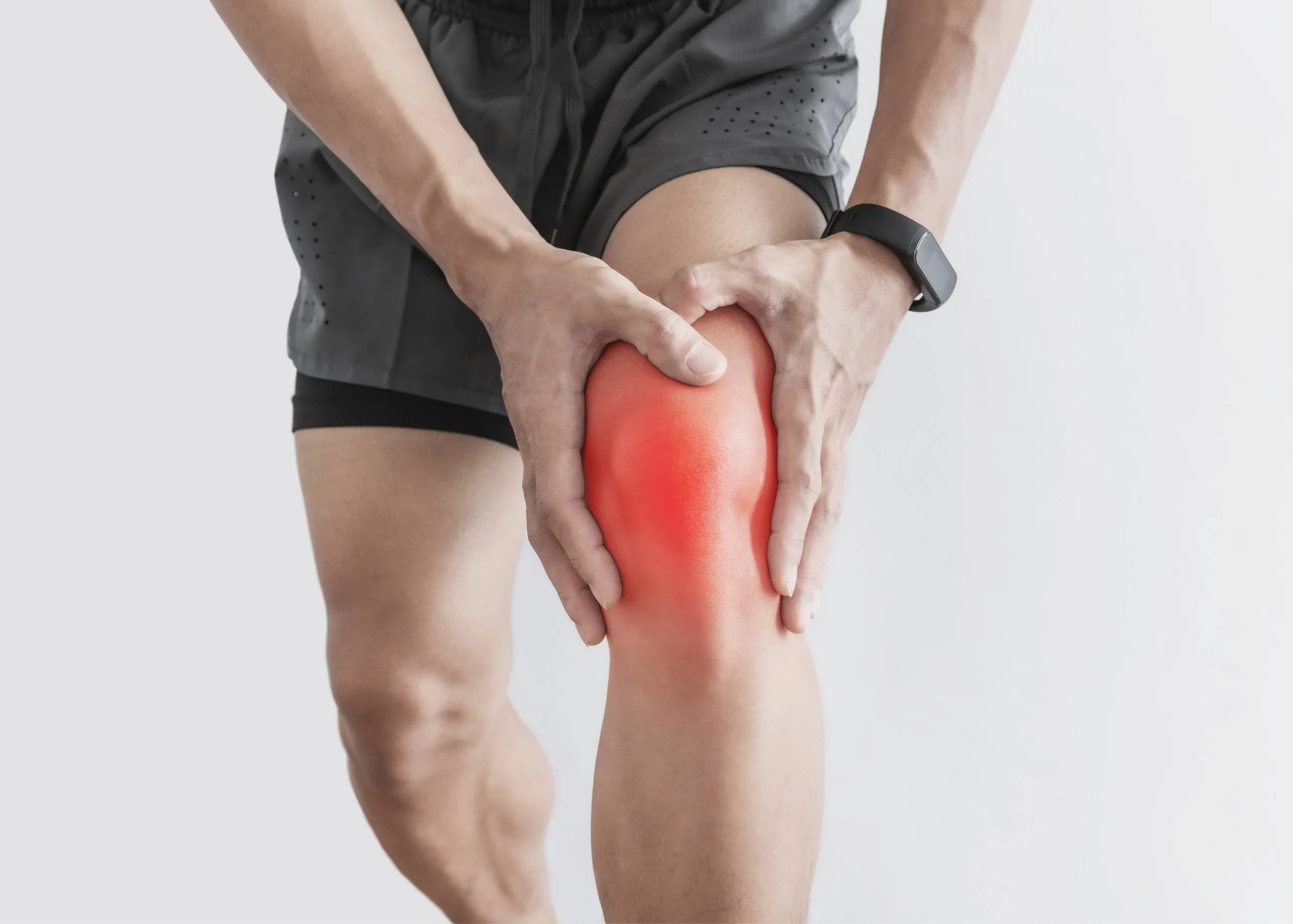
Heel pain can be a nagging and uncomfortable issue that affects many people. In this article, we will explore the various causes of heel pain, common symptoms associated with it, and the available treatments that can help you find relief and get back to your active lifestyle.
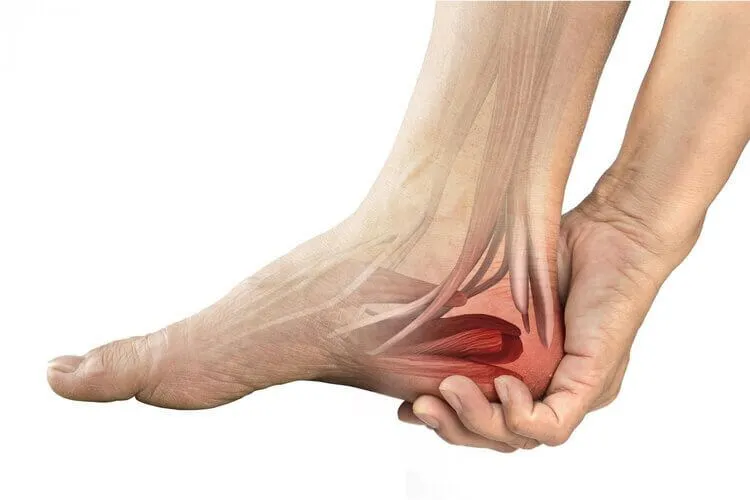
Military Neck, also referred to as Cervical Kyphosis, is a condition that affects the natural curvature of the cervical spine, resulting in the loss of its typical curve.
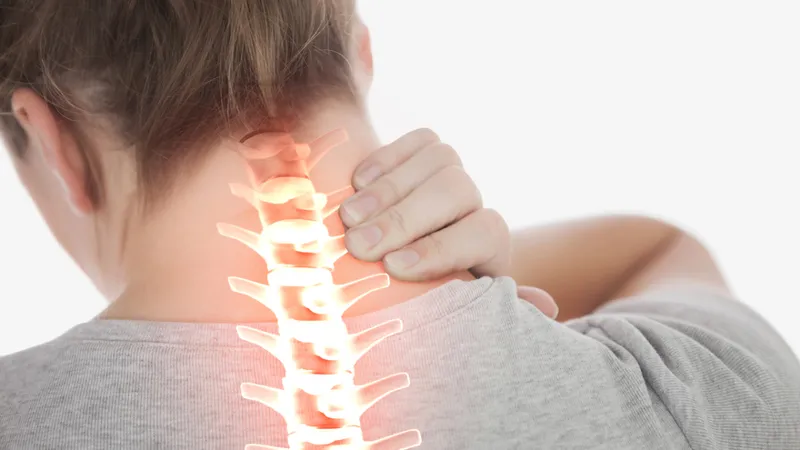
Migraines and headaches are prevalent neurological disorders that affect a significant portion of the population.

Lymphedema is a chronic condition characterized by the accumulation of lymphatic fluid, leading to persistent swelling, typically in the arms or legs.
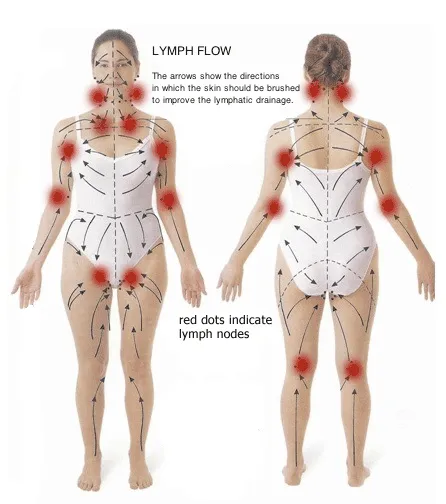
Plantar fasciitis is a common and often painful foot condition that affects millions of people worldwide.
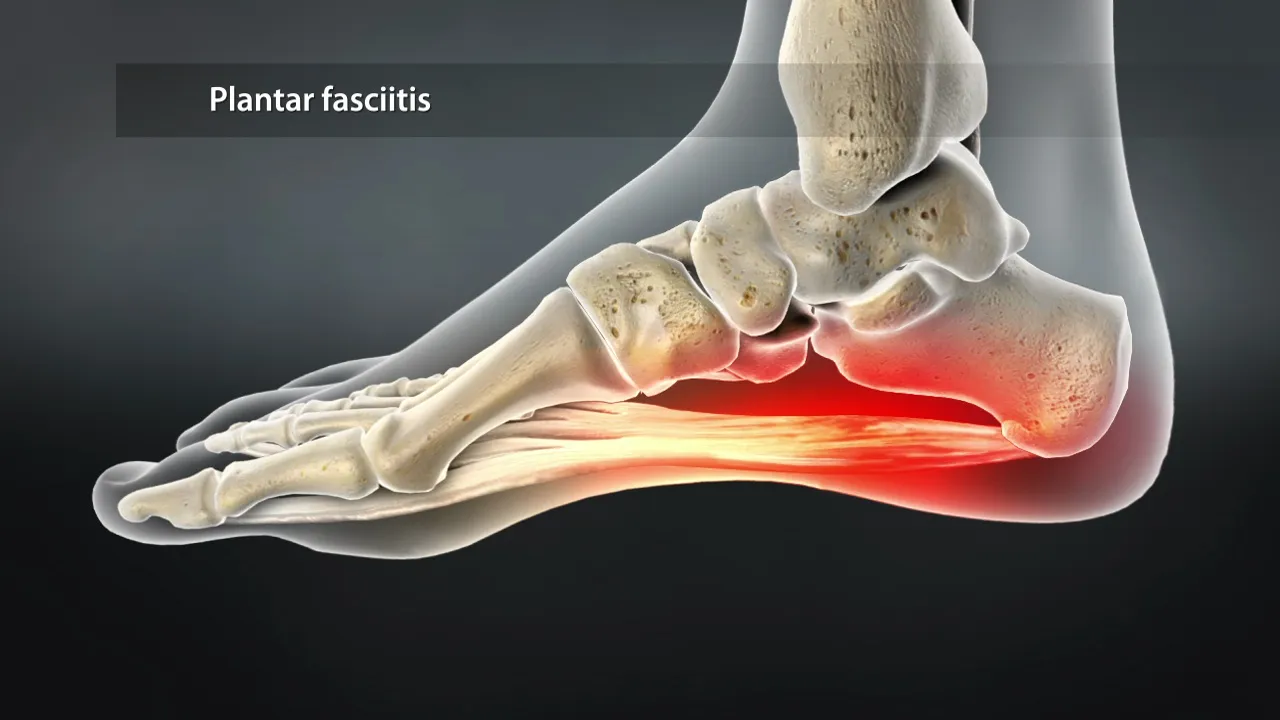
Piriformis syndrome is a perplexing condition, often overshadowed by more common sources of hip and lower back pain.
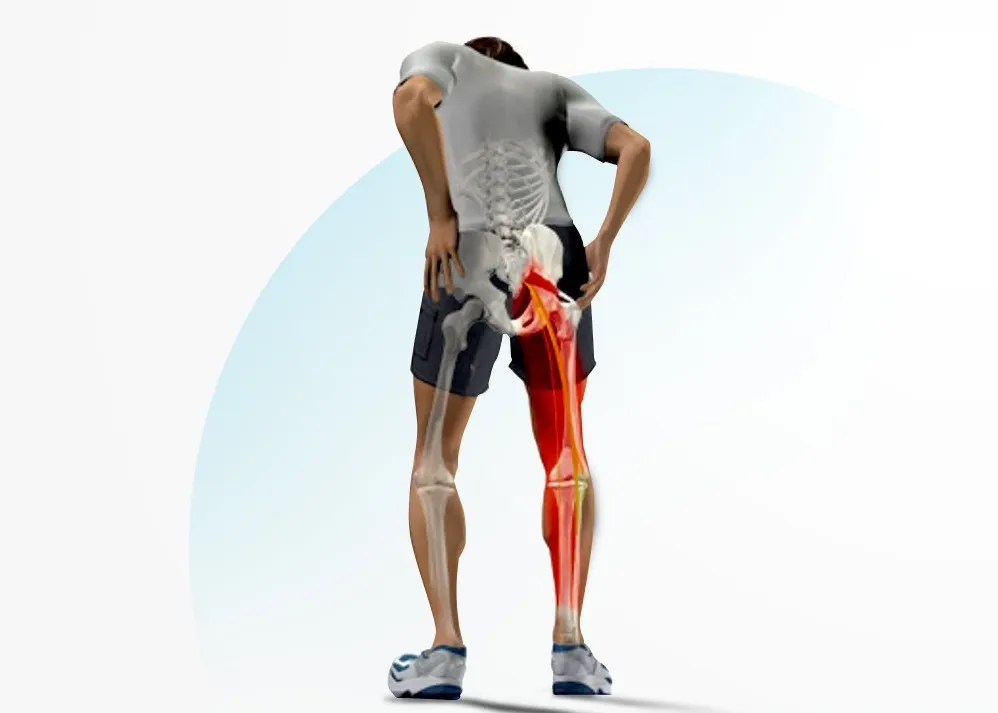
Sarcopenia is the gradual loss of muscle mass that can affect people in their 30s and beyond. WebMD explains its symptoms, causes, diagnosis, and treatments.
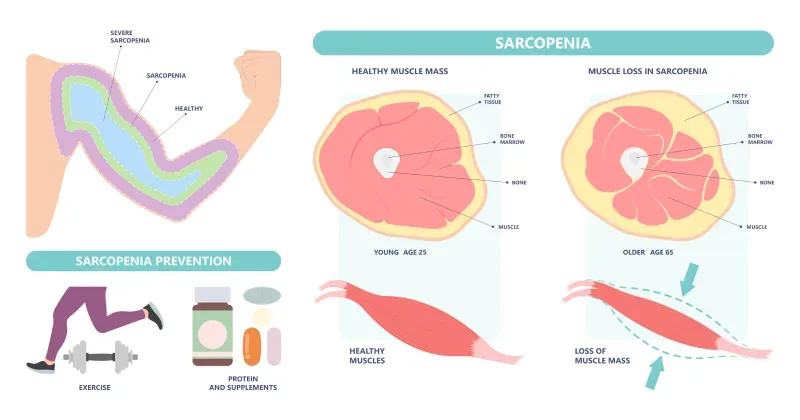
Spinal stenosis, a prevalent spinal condition, is characterized by the narrowing of the spinal canal, leading to discomfort and neurological symptoms.

The sacroiliac joint, a crucial junction between the sacrum and the ilium bones in the pelvis, plays a pivotal role in supporting the weight of the upper body.
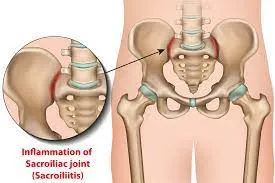
A rotator cuff injury can be a painful and limiting condition, impacting the functionality of the shoulder.
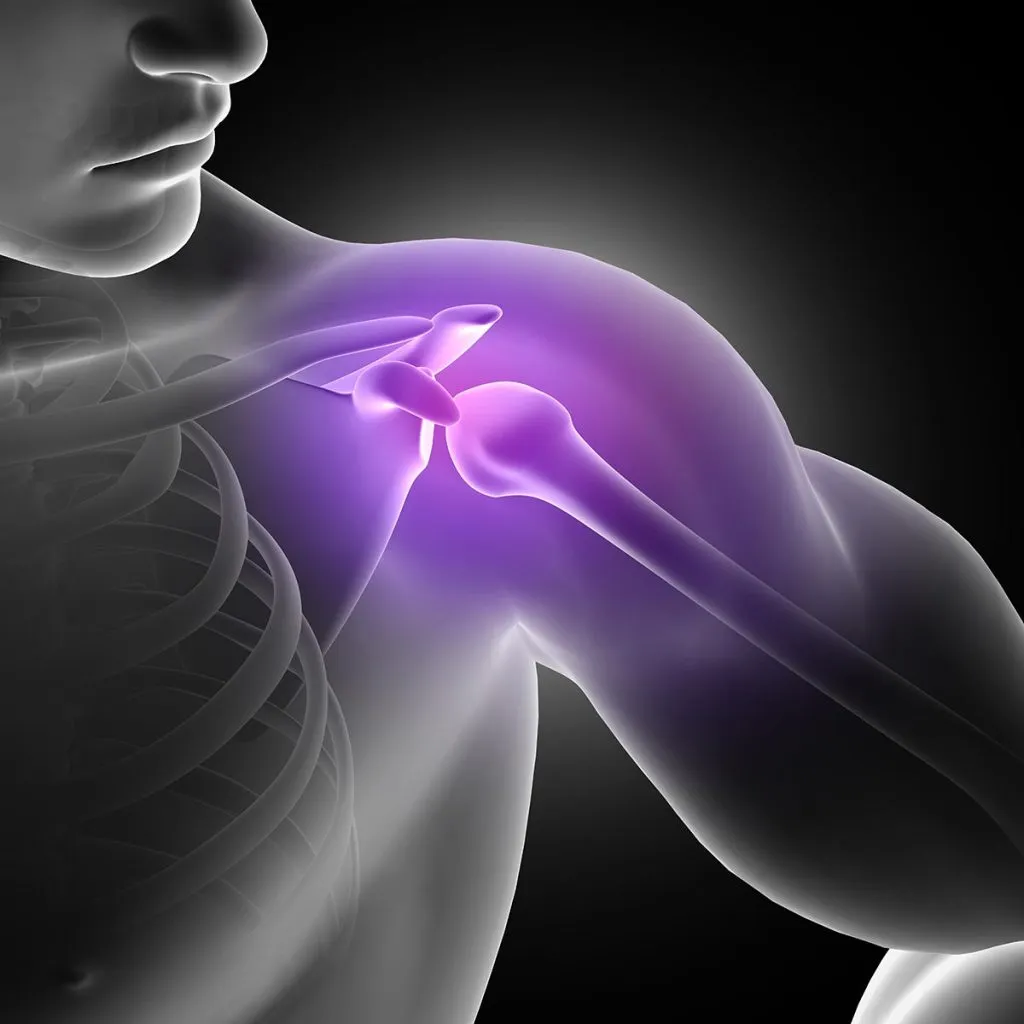
Suffering from lower back pain from sitting? It could be from poor ergonomics in your workplace. Learn more with these tips for how to alleviate pain from sitting.
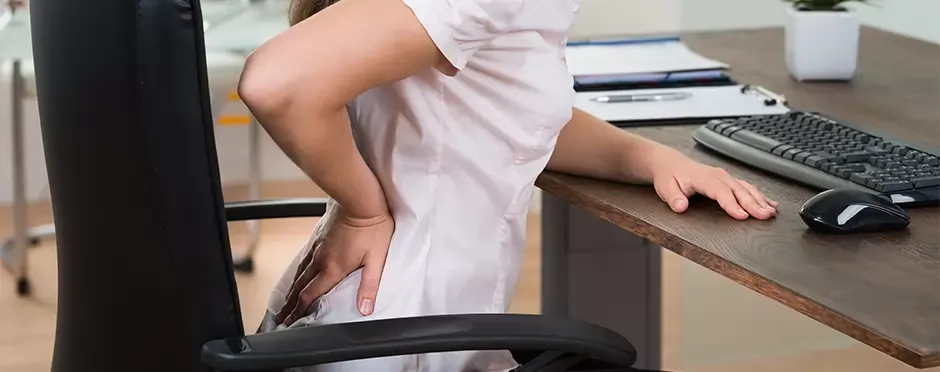
Sciatica is a painful and often debilitating condition that affects numerous individuals worldwide.
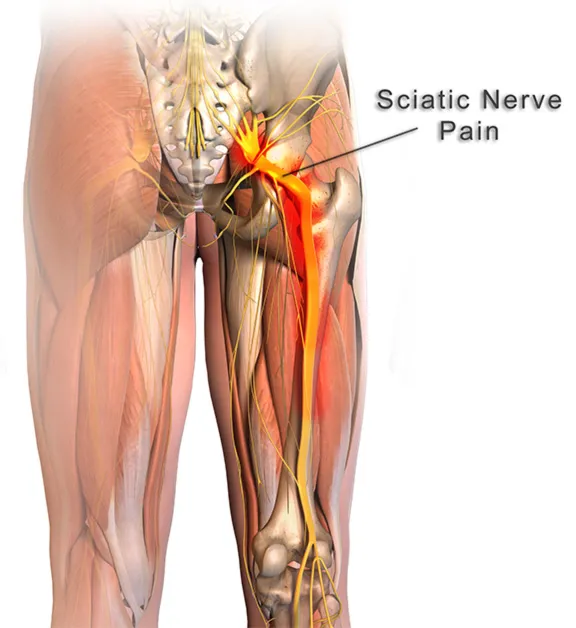
Gluteal tendinopathy is a condition that affects the tendons in the gluteal region, leading to pain and restricted mobility.
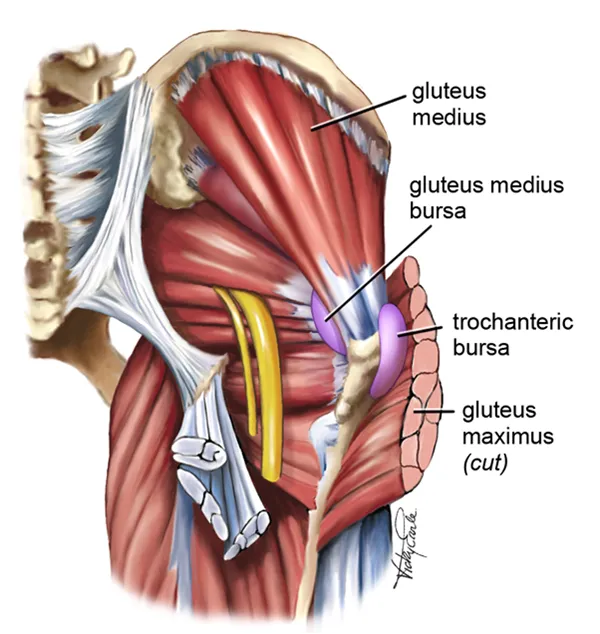
Tennis Elbow, also known as Lateral Epicondylitis, is a painful condition that affects the tendons in the forearm, causing discomfort and limited mobility in the elbow and wrist.

The temporomandibular joint (TMJ) serves as a pivotal mechanism, allowing us to perform everyday activities such as speaking, chewing, and yawning with ease. However, when this complex joint encounters issues, it can lead to Temporomandibular Joint Syndrome (TMJ syndrome).
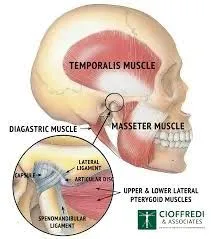
Tarsal Tunnel Syndrome (TTS) is a common and often painful condition affecting the tarsal tunnel—a narrow passage in the ankle.
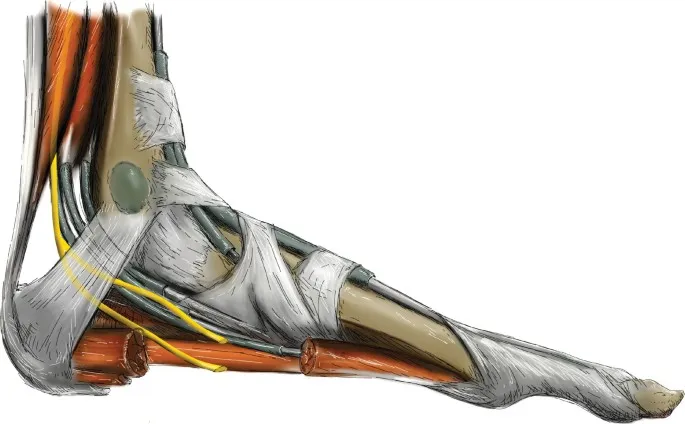
Explore the impact of time-restricted eating on heart health. Learn about the connection between diet and cardiovascular risk.
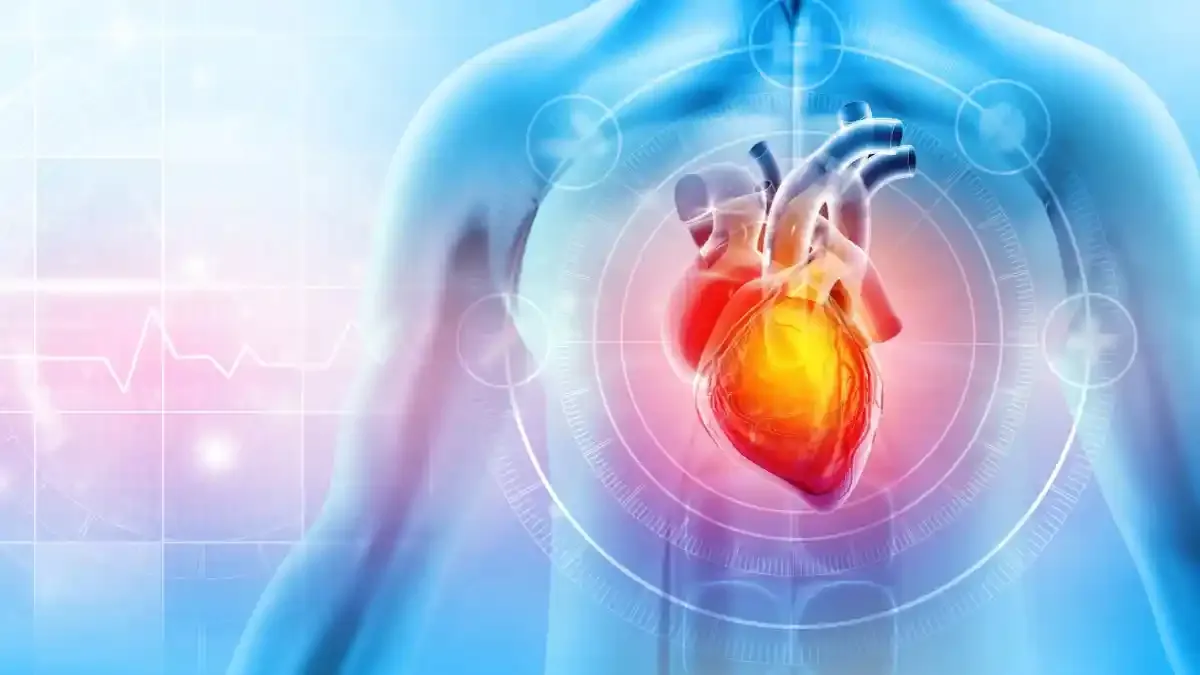
Most cases of foot or ankle pain are short term and are caused by soft tissue injuries, such as sprains or strains. You can usually ease the pain yourself But see York Rehab Clinic if the pain does not improve.
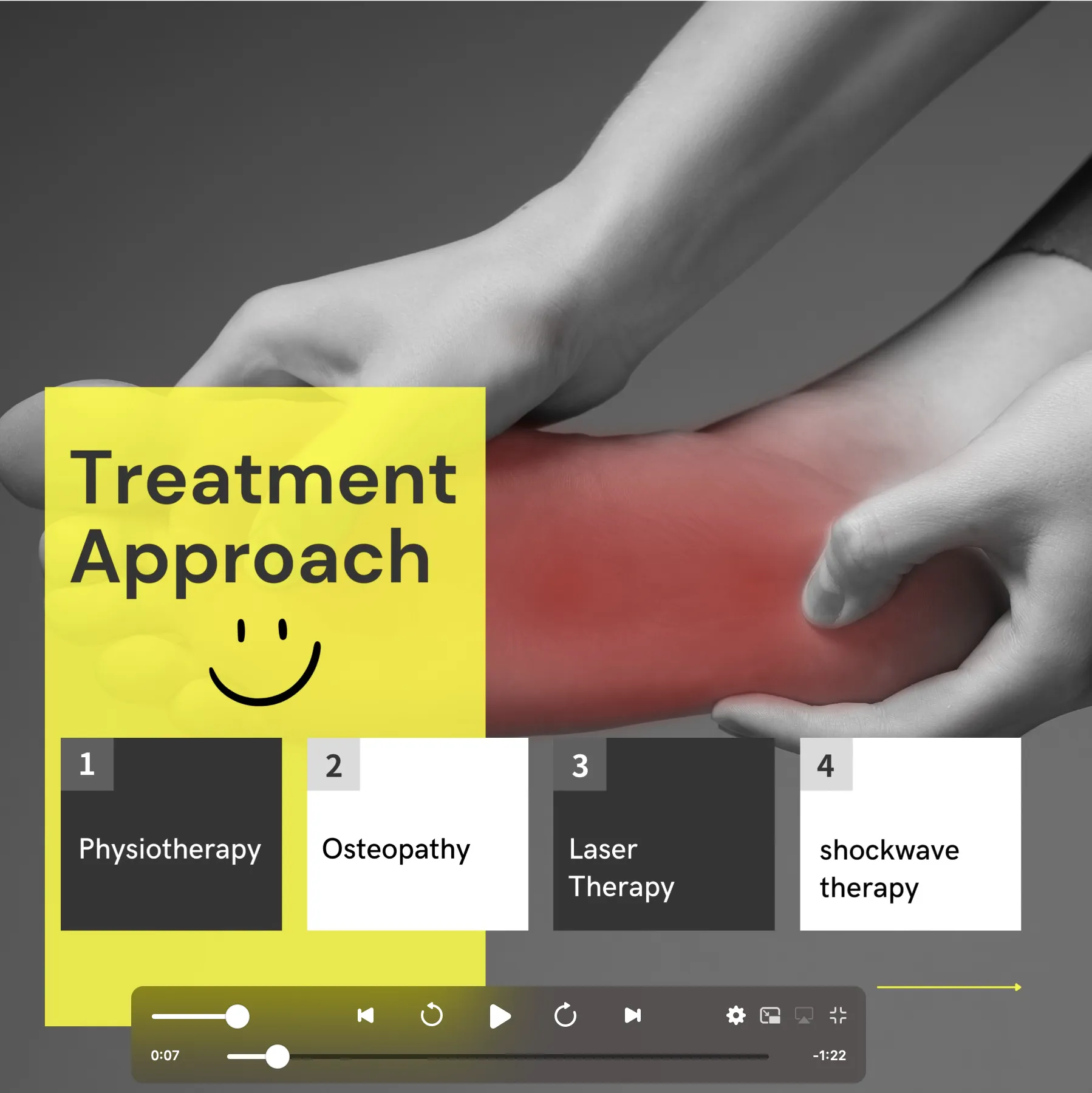
Bow legs is a genetic condition where the knees bow outward when standing. Learn its symptoms and causes at York Rehab Clinic.
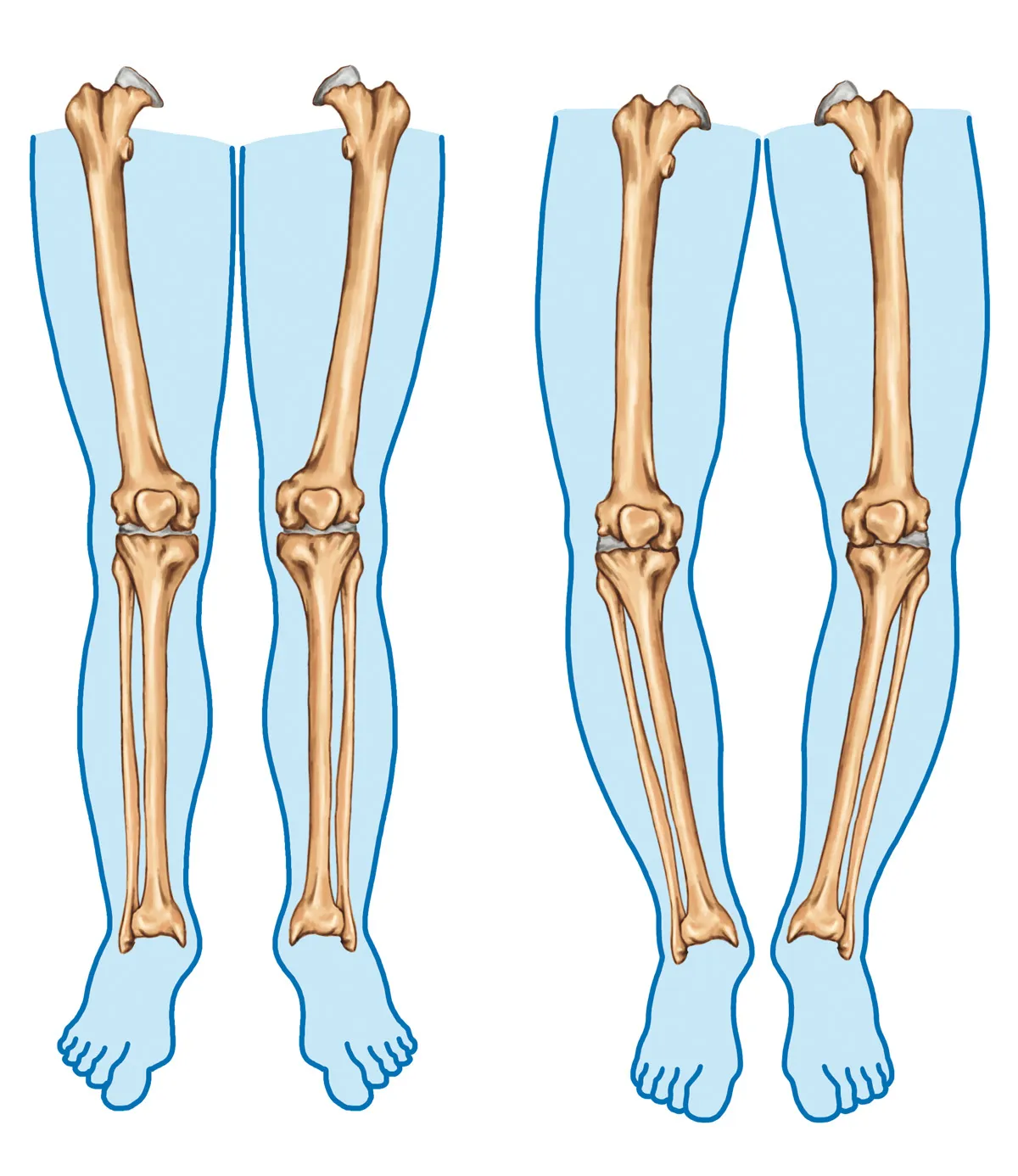
This article explores the complexities of Parkinson’s Disease and sheds light on the therapeutic benefits offered by osteopathy and physiotherapy.
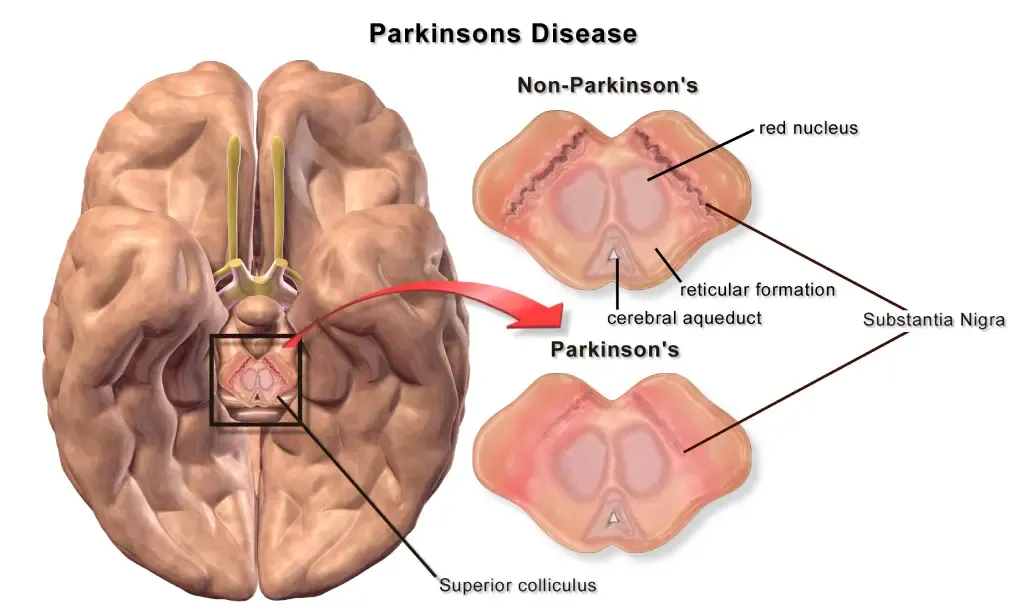
Cervical spondylosis, a prevalent condition, unfolds as a result of wear and tear on the spinal discs in the neck.
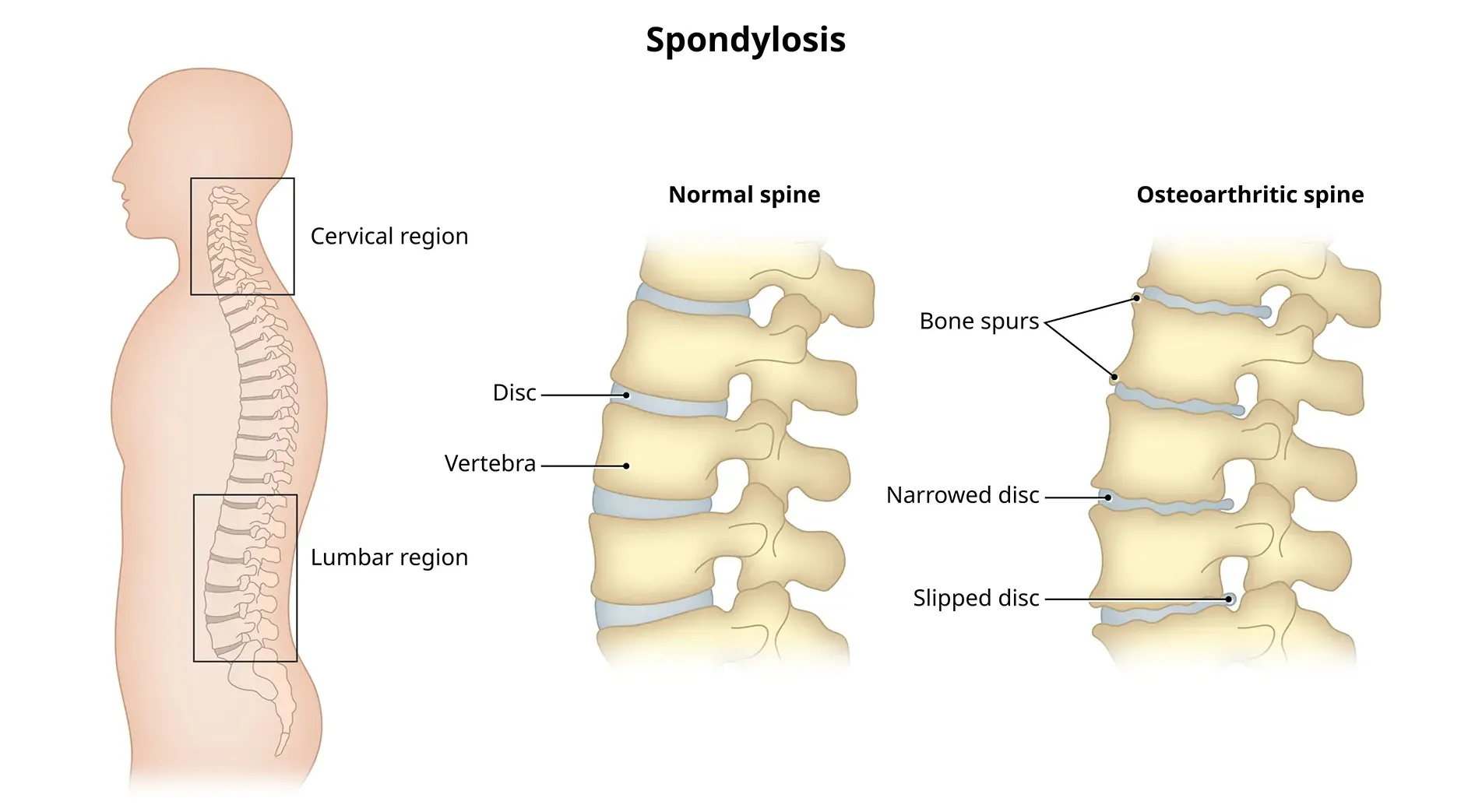
A dowager’s hump, a curve at the base of your neck, can cause extreme fatigue, back pain and headaches.
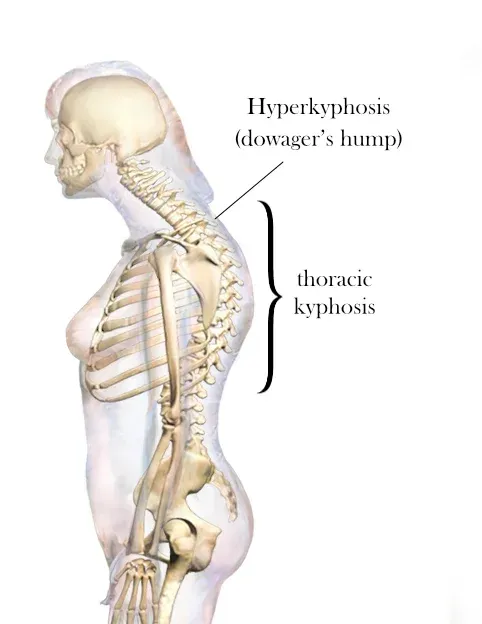
Flat feet cause pain, muscle strain, and fatigue. Treatments can ease discomfort. Symptoms include ankle pain, muscle fatigue and changes in walking.
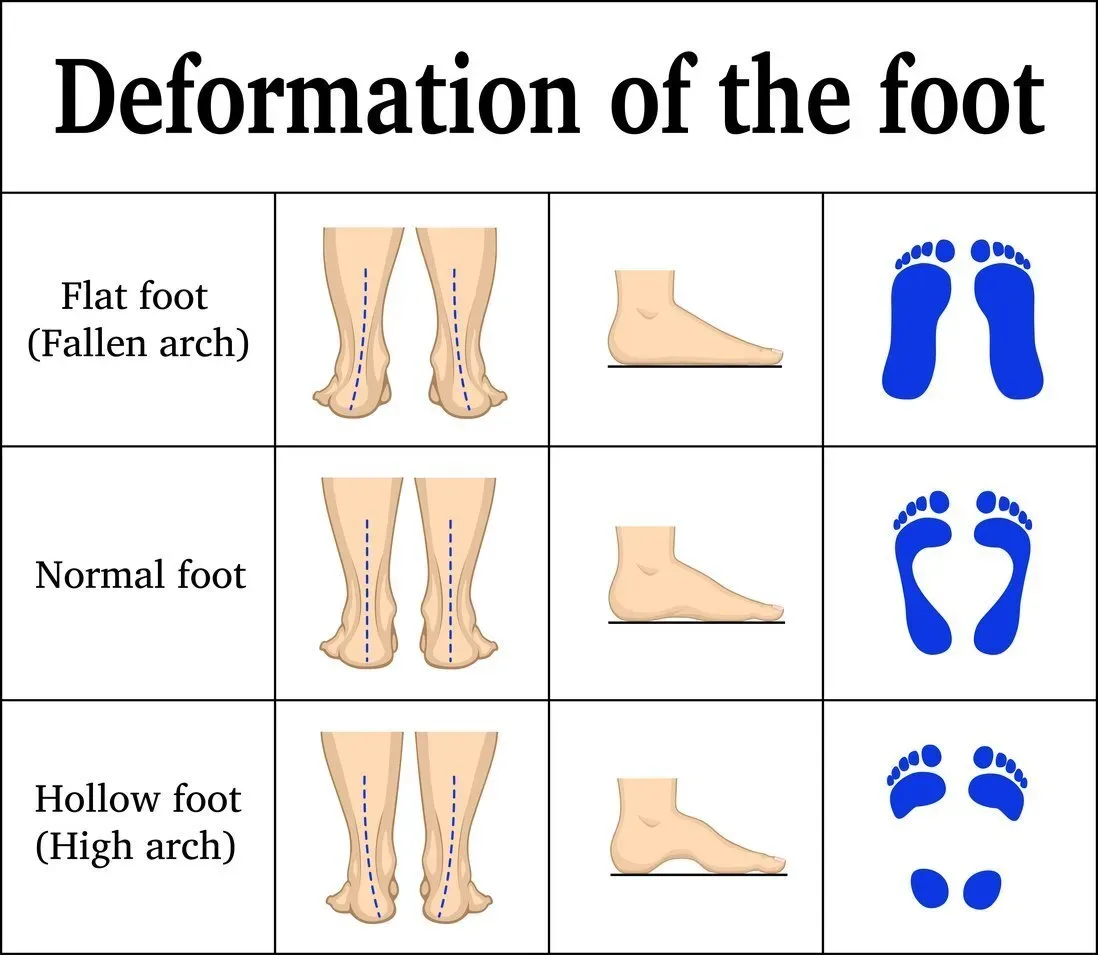
Traumatic brain injury (TBI) often results from a violent blow or jolt to the head or body, causing various physical and psychological effects.
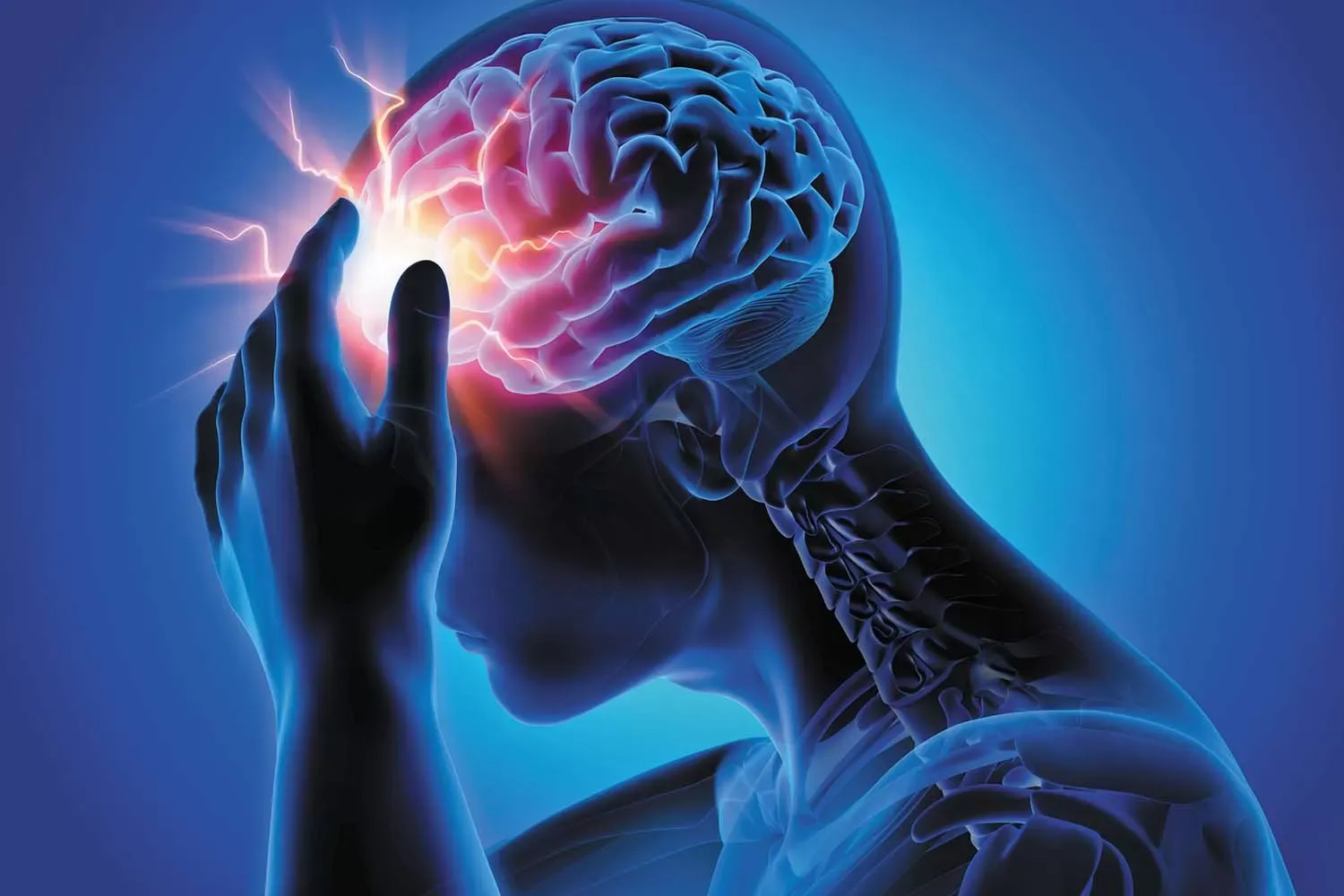
Introduction: Neck stiffness can be a discomforting and limiting condition that affects people of all ages.
